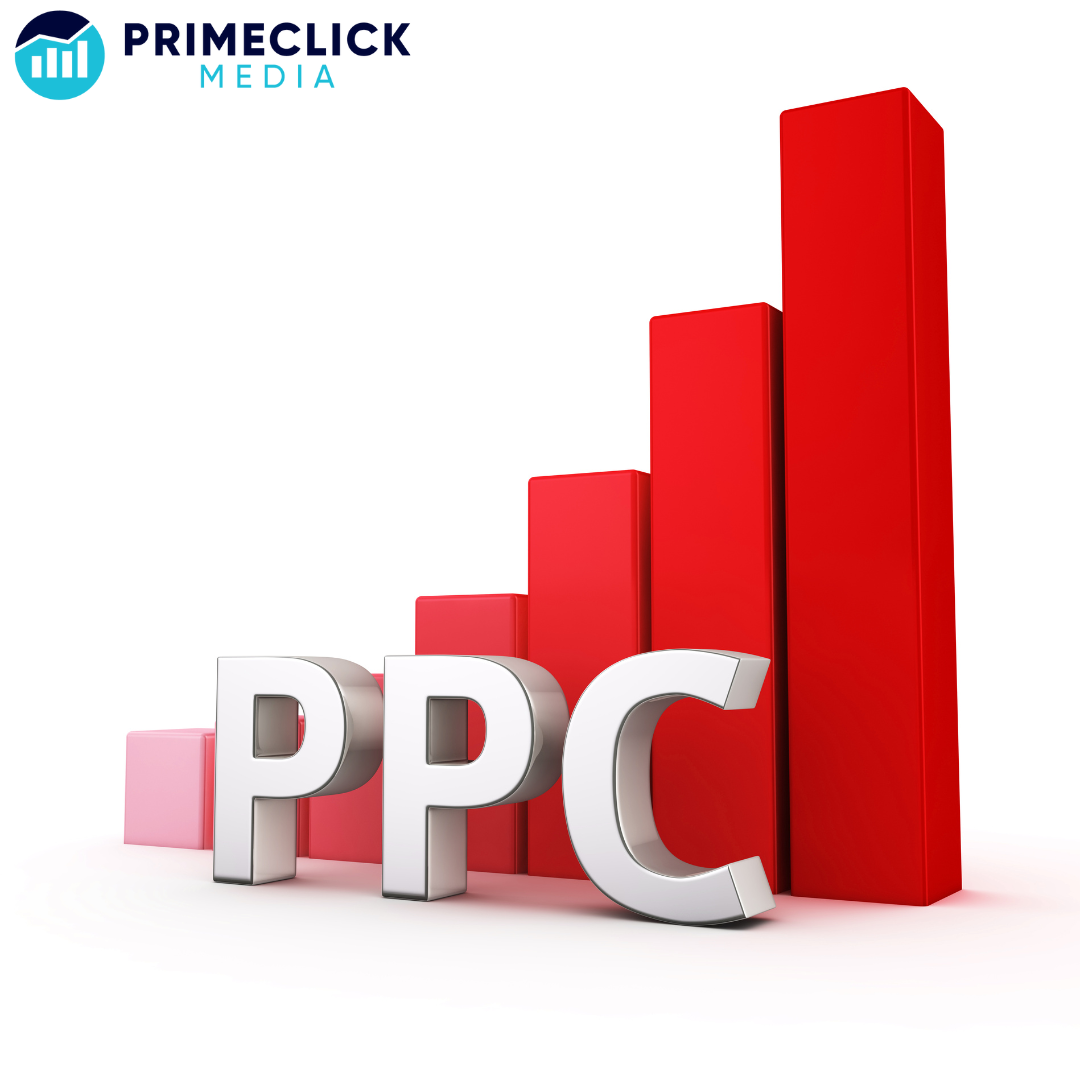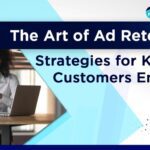Welcome, online entrepreneurs and digital marketers, to our trendy blog! Today, we’re diving deep into the world of eCommerce PPC (Pay-Per-Click) and uncovering the best strategies to manage it effectively. Running a successful online store requires more than just setting up shop; you need to drive targeted traffic and convert those clicks into sales.
So, let’s explore the world of eCommerce PPC and discover how you can supercharge your business!
The Ultimate Guide to Boosting Your Sales
Understanding eCommerce PPC
Before we dive into the nitty-gritty, let’s grasp the concept of eCommerce PPC. Pay-Per-Click advertising is a method where you pay for each click on your ads, driving potential customers to your website. Platforms like Google Ads and social media channels like Facebook and Instagram are popular choices for running PPC campaigns. The trick lies in getting the right clicks from interested buyers, not just random visitors.
Define Your Goals and Target Audience
The first step towards effective eCommerce PPC management is knowing your goals. Do you want to see more sales of a particular product? Or do you want to boost your website traffic? Setting clear objectives helps you tailor your campaigns accordingly. Simultaneously, identify your target audience, understanding their preferences and pain points. The better you know your potential customers, the more effective your PPC campaigns will be.
Conduct Thorough Keyword Research
PPC campaigns’ lifeblood and soul are their keywords. Start by brainstorming relevant keywords your target audience might use to find your products. Utilize keyword research tools like Google Keyword Planner, Ubersuggest, or SEMrush to discover high-traffic and low-competition keywords. These will give you the best bang for your buck and improve the visibility of your ads.
Craft Irresistible Ad Copies
Your ad copies must stand out from the crowd. Keep them short, engaging, and value-driven. Address the pain points of your audience and offer a compelling solution through your products or services. Include strong calls-to-action (CTAs) that encourage users to click and explore further. And don’t forget to highlight any unique selling points that set your brand apart.
Optimize Landing Pages
Sending visitors to a generic homepage can be a grave mistake. For every ad group or product category, create a separate landing page. Ensure that these pages are visually appealing, user-friendly, and optimized for conversions. Load times matter too! A slow-loading page can drive potential customers away, hurting your sales and ROI.
Leverage Remarketing Strategies
Not every potential customer converts on their first visit. That’s where remarketing comes in handy! By utilizing cookies, you can retarget users who have previously visited your website but didn’t make a purchase. Craft personalized ads to remind them of your products and encourage them to complete their purchase. Remarketing often yields impressive results as it targets people who have already shown interest in your brand.
Monitor and Analyze Performance
PPC campaigns are not a “set it and forget it” affair. Keep an eye on the effectiveness of your ads and landing pages frequently. Analyze key metrics like click-through rates (CTR), conversion rates, and cost per acquisition (CPA). Identify what works well and what needs improvement, then optimize your campaigns accordingly. This iterative approach will help you maximize your PPC budget effectively.
Best Practices for eCommerce PPC Campaigns
Boost Your Ad’s CTR
Click-Through Rate (CTR) is a vital metric in digital advertising that measures the effectiveness of your ads. A high CTR indicates that your ad resonates with your target audience and encourages them to take action. Whether you’re running PPC campaigns, display ads, or social media promotions, a higher CTR means more potential customers are engaging with your content.
Here are 10 proven strategies to boost your ad’s CTR and supercharge your advertising success!
Know Your Audience: Understanding your target audience is the foundation of a successful ad campaign. Conduct thorough research to identify their preferences, pain points, and interests. Craft your ad messaging to address their needs directly, making them feel like your product or service is tailor-made for them.
Use Eye-Catching Visuals: Humans are visual creatures, and captivating visuals can make a world of difference in grabbing attention. Whether it’s an ad image, video, or graphic, ensure it aligns with your brand and stands out amidst the competition. High-quality, relevant visuals will entice users to click on your ad to learn more.
Craft Compelling Ad Copy: Your ad copy must be clear, concise, and compelling. Highlight the benefits of your offering and use persuasive language that encourages action. Incorporate strong calls-to-action (CTAs) to prompt users to click and explore further.
Test Different Ad Formats: Experiment with various ad formats to see which ones resonate best with your audience. For instance, try carousel ads, interactive ads, or video ads to add variety and pique users’ interest. A diverse ad mix can help you discover what works best for your brand.
Optimize for Mobile: With a significant portion of internet users browsing on mobile devices, it’s essential to optimize your ads for mobile platforms. Ensure that your ad visuals and ad copy display correctly on smaller screens, providing a seamless user experience.
Implement Ad Extensions: Ad extensions provide additional information and options to users, making your ads more appealing. Extensions like site links, call buttons, location details, and product snippets give users more reasons to engage with your ad and increase the likelihood of a click.
Leverage Dynamic Keyword Insertion: Dynamic Keyword Insertion (DKI) is a clever tactic that dynamically updates your ad copy with the keyword that triggered your ad. It creates a personalized experience for users, making them more likely to click on an ad that directly relates to their search query.
A/B Testing: Never underestimate the power of A/B testing! Create multiple ad variations and test them against each other to see which performs better. It could be as simple as changing the CTA or testing different ad headlines. Over time, you’ll discover what resonates most with your audience.
Monitor Ad Placement: Keep a close eye on where your ads appear. If an ad is placed on irrelevant websites or platforms, it might not reach your target audience effectively. Ensure your ads are placed in the right contexts to maximize their impact.
Regularly Refresh Your Ads: Even the most compelling ads can lose their charm over time. Refresh your ad creatives periodically to keep your content fresh and engaging. Staying up-to-date and relevant will help maintain user interest and boost your CTR.
Target the Right Keywords
In the fast-paced world of eCommerce, driving targeted traffic to your online store is essential for success. Pay-Per-Click (PPC) advertising is a powerful tool to achieve this, but its effectiveness greatly relies on one crucial aspect: targeting the right keywords.
Invest in keyword research tools like Google Keyword Planner, SEMrush, or Ahrefs to discover valuable keyword opportunities. These tools provide data on search volume, competition, and related keywords, helping you make informed decisions when selecting keywords for your campaigns. Always keep an eye on emerging trends and update your keyword list regularly.
Negative keywords are those terms that are not relevant to your products or services. Adding negative keywords to your PPC campaigns prevents your ads from showing to irrelevant audiences. This way, you can focus your budget on reaching users who are more likely to convert, improving your ad relevance and click-through rates.
In PPC platforms, you have the option to use different keyword match types: broad match, phrase match, exact match, and modified broad match. Each match type controls how closely a user’s search query must match your chosen keyword for your ad to be displayed. By using a mix of match types, you can refine your targeting and ensure your ads are shown to the most relevant audience.
Try Out Google Shopping Ads
In the dynamic world of eCommerce, staying ahead of the competition and maximizing your online store’s visibility is crucial for success. While traditional Pay-Per-Click (PPC) campaigns can be effective, Google Shopping Ads present a game-changing opportunity for eCommerce businesses.
Google Shopping Ads allow you to present your products visually, giving potential customers a glimpse of what you offer even before they click on your ad. By featuring high-quality product images, prices, and brand details, you can instantly capture users’ attention and entice them to explore further.
One of the biggest advantages of Google Shopping Ads is that they target users who are actively searching for products like yours. When a user enters a search query related to your product, Google matches it with your product data and displays your ad. This means you’re reaching an audience that is already interested in what you have to offer, resulting in higher conversion rates.
With Google Shopping Ads, users are directed straight to your product landing page when they click on your ad. This streamlined experience reduces the number of clicks required to reach your products, leading to a higher chance of conversion. Users can quickly find the information they need, making it easier for them to make a purchase decision.
Conclusion
Congratulations, savvy eCommerce entrepreneurs! You’ve now mastered the art of managing eCommerce PPC effectively. By setting clear goals, understanding your audience, conducting thorough keyword research, and optimizing your ad copies and landing pages, you’re well on your way to boosting your sales and growing your online business.
Remember, PPC success doesn’t happen overnight. It requires continuous refinement, monitoring, and creativity. So, be patient, test different strategies, and always keep an eye on your metrics. With perseverance and the insights gained from this guide, you’ll conquer the eCommerce PPC world and reach new heights in your entrepreneurial journey. Happy selling!





